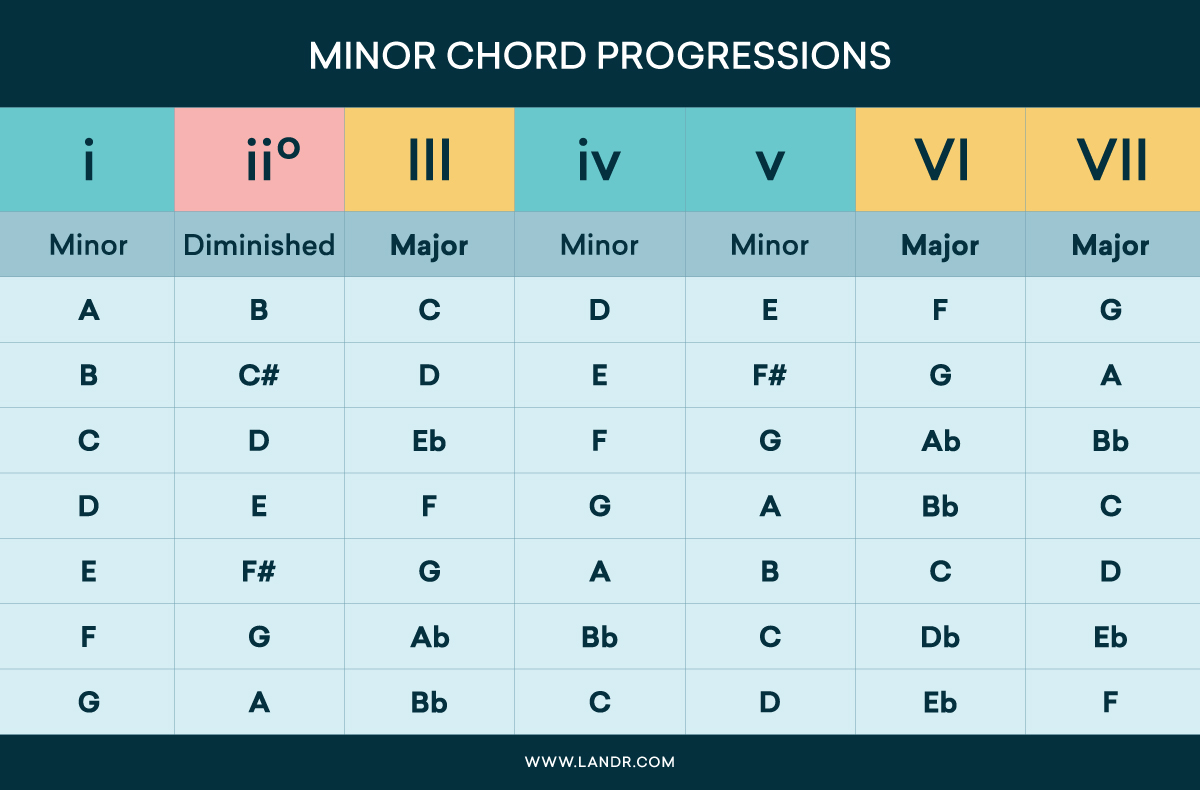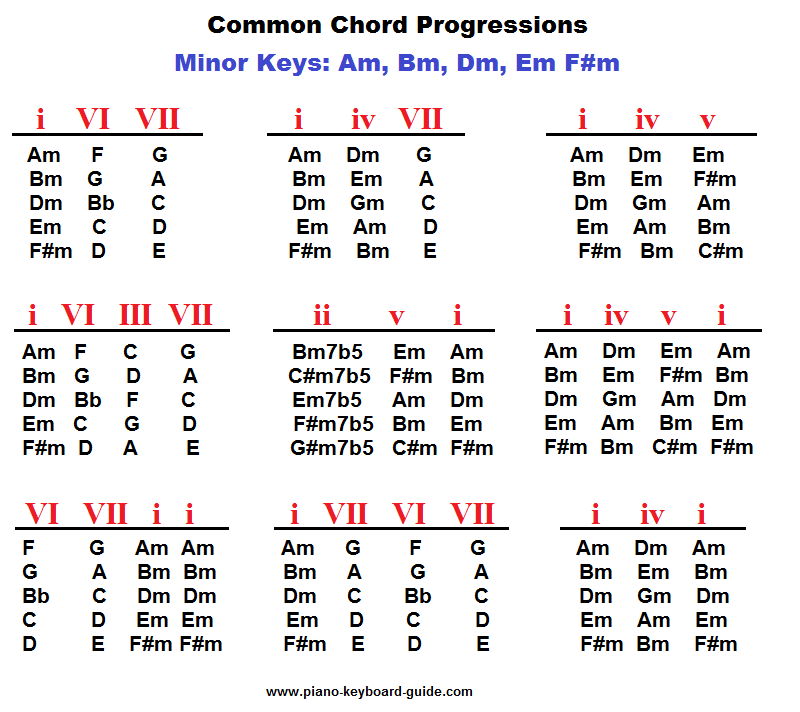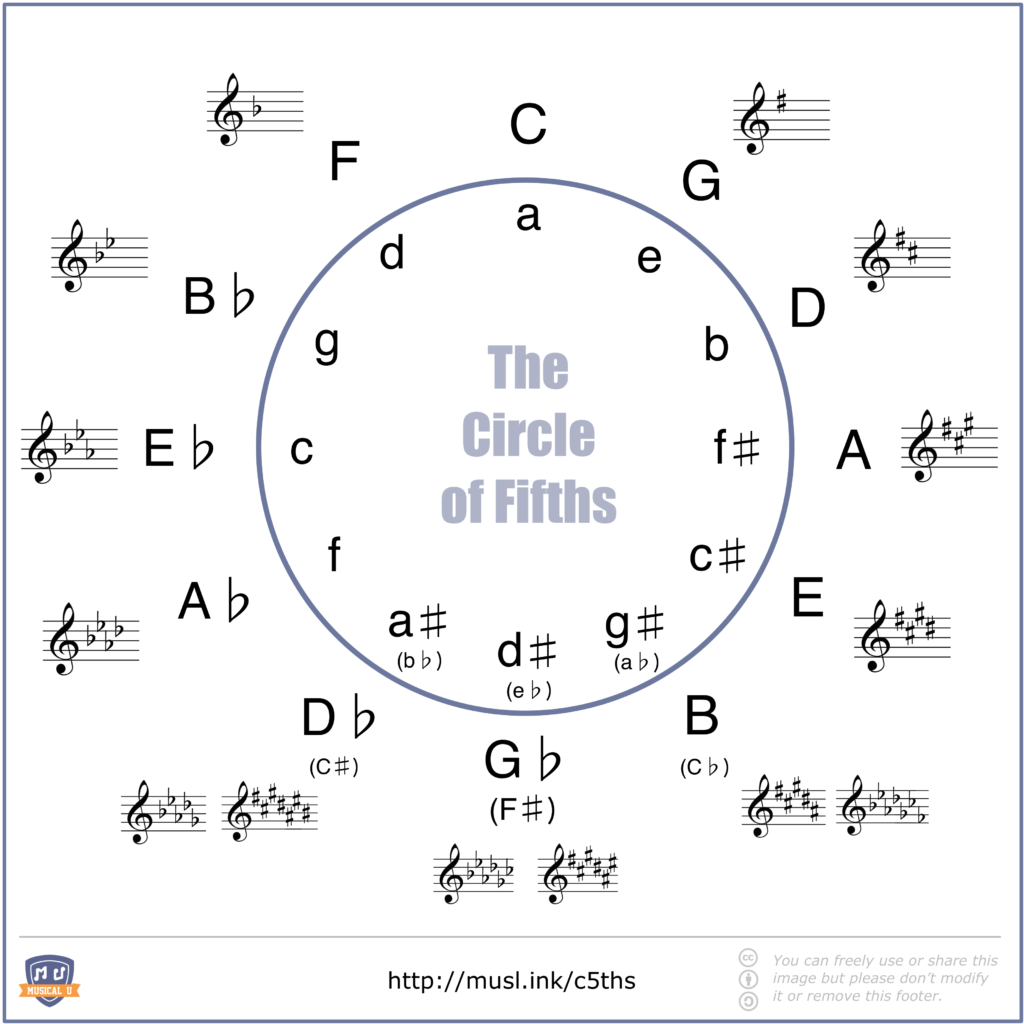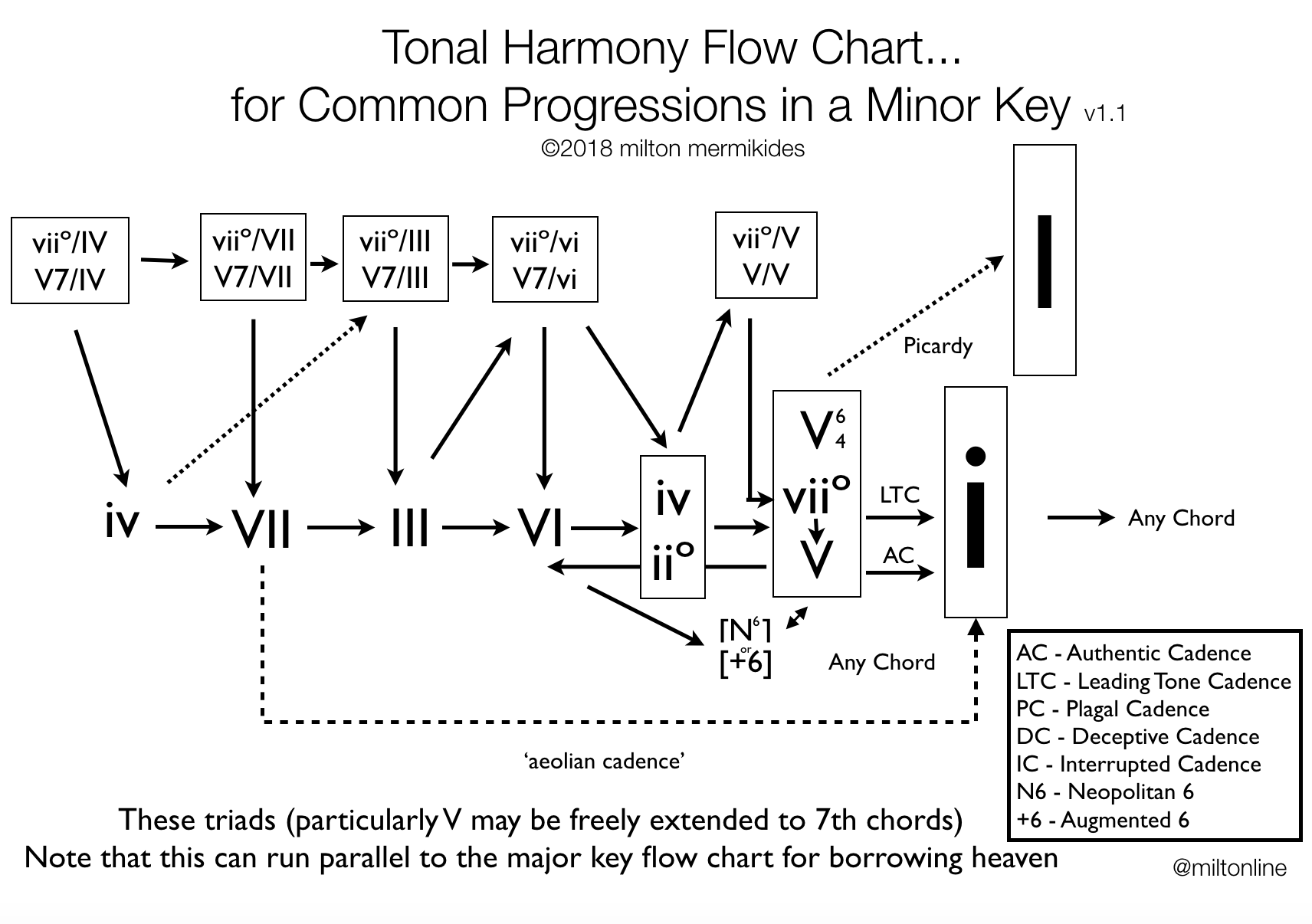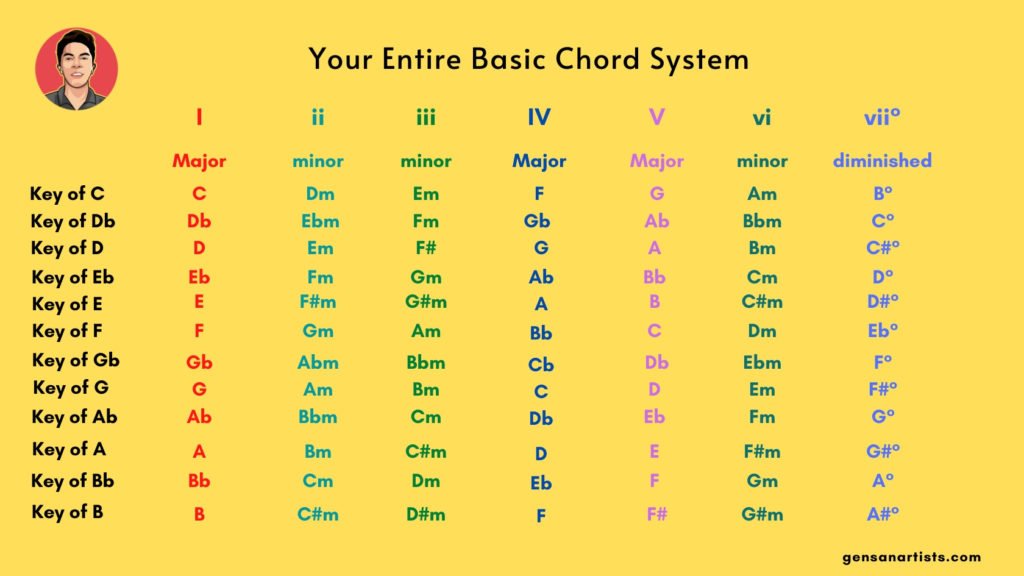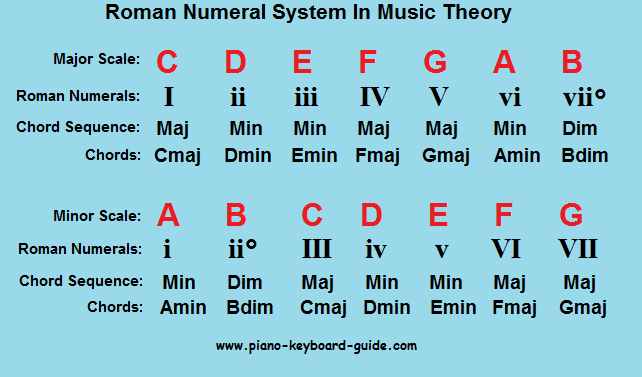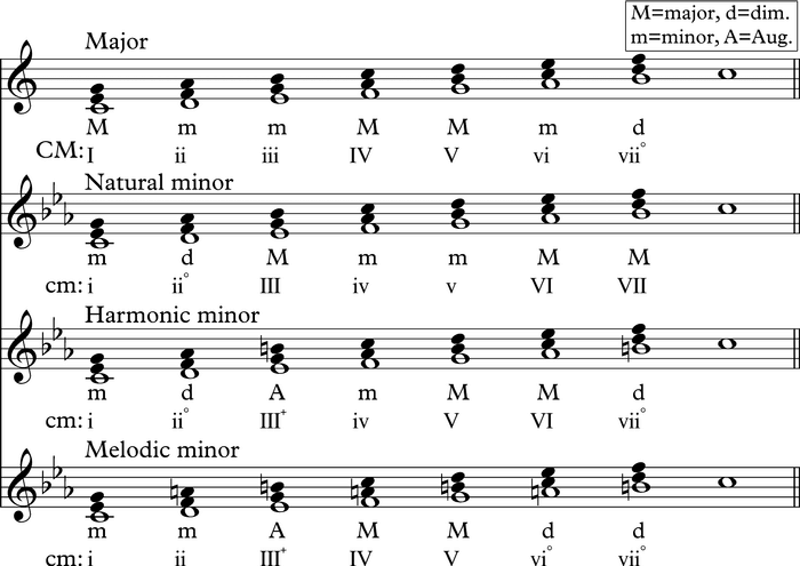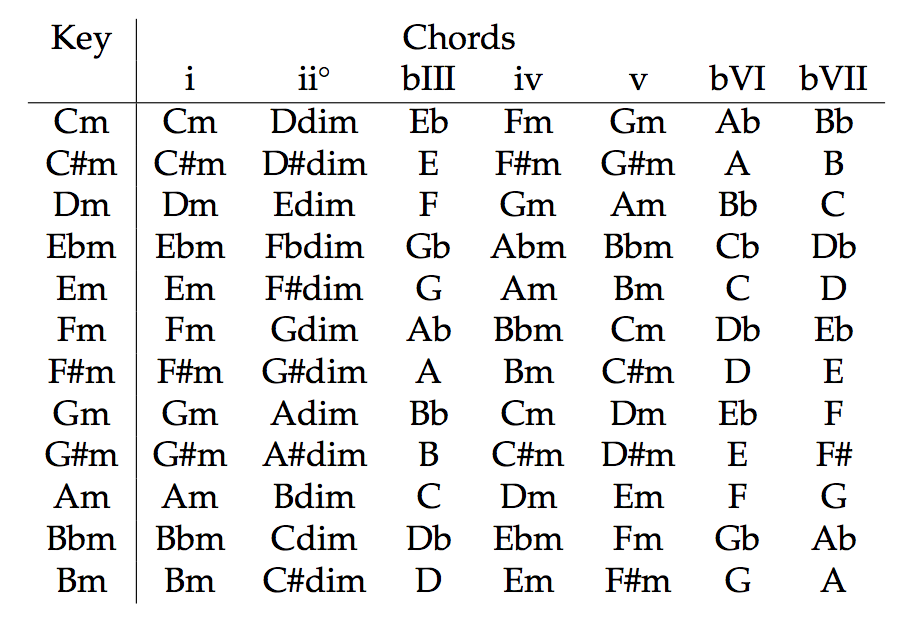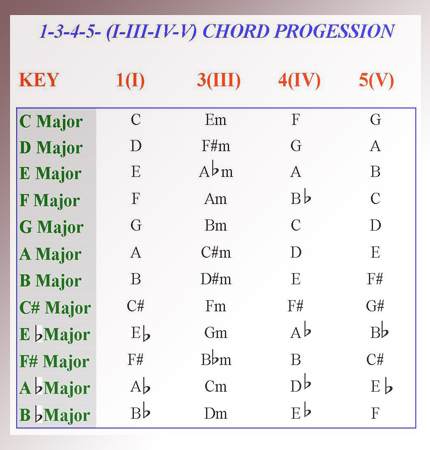Minor Chord Progression Chart
Scales Harmonic Minor Scale Diagrams for Twelve Minor Keys Chord Progression Maps The Big Map In Cm The Big Map In Cm The Big Map In Dm The Big Map In Ebm The Big Map In Em The Big Map In Fm The Big Map In Fm The Big Map In Gm The Big Map In Gm The Big.
Minor chord progression chart. As with major keys we find the diatonic chords in minor keys by stacking notes in a scalein this case the natural minor scale. Guitar Keys Chart Free chart with Major and Minor keys When approaching songs and chord progressions on guitar it is useful to know how the music keys work. With this chord chart you will not be able to put together your own minor chord progressions.
If only using the notes of A minor this will be D minor containing D F and A. The sequence of chords in minor keys has the same types of chords as majors but in a different order. Chord progressions like the 12-bar blues can be found all over popular music.
However it has the same major scales chords but they have different position. They are as follows. I A minor.
Chord i is a minor chord chord ii is a diminished chord III is major iv is minor v is minor VI is major and VII is a major chord. They are as follows. Each tonality has its own specific chords in this tutorial were going to show you the chords for the most used keys in modern music.
Chord Charts and Maps. In the key of A minor this would give us the chords A minor B diminished C major D minor E minor F major and G major. F Minor I V IV I.
Lets start with the triads. Upper-case Roman numerals indicate major chords lower-case Roman numerals indicate minor chords and the º symbol still indicates a diminished chord. I VI VII Am F G i iv VII Am Dm G i iv v Am Dm Em i VI III VII Am F C G ii v i Bm7b5 Em Am Notes Of All The Chords In The key of A Minor.
The first chord is built off the first note of the scale the second chord is built off the second note of the scale etc. E moves up a half tone to F. Natural minor also works over sequences of chords in a minor keyWe might call these natural.
There exist a number of different keys 30 keys to be precise. It has a catchy sound and many people love it. For example in D natural minor key C7 is on the VII degree while in F major key it is on V degreePay attention to V degree Minor 7th.
Each chord progression is expressed in Roman numeral analysis format as well. Let us analyze how the voices move from A minor to D minor. These are F Minor A Minor and C Minor.
Chord Progressions In a Natural minor. To the right you will find the chords that you can play associated with the progression. A I IV V progression in F Minor uses the 1 st 4 th and 5 th chords.
Your chord progression in A minor would look like this. These minor key charts and maps are designed to print on one page. C moves up a whole tone to D.
Below you will find a minor chord progression chart that we put together for you. I ii iii IV V vi viiº I. The i iv and v are minor written lowercase.
Each progression is also labeled as being a major progression a minor progression or a modal progression with the specific mode listed. A C E. Lets take a look at common piano chord progressions in minor keys.
Natural minor key chord chart. Our tonic is A minor with the notes A C and E. And the bIII bVI and.
The ii is diminished indicated with or dim. Lets now take a look at common chord progressions in the key of A minor natural. On the left hand side you will see all 12 keys.
I VI III VII a minor F Major C Major G Major iv III i VII d minor C Major a minor G Major i III VII a minor C Major G Major. If youre someone who enjoys improvising and writing their own songs but your theory is limited heres a great list of awesome chord progressions you can play with. Parts I and II deal entirely with diatonic chord progressions while Parts III and IV deal with.
When we build chords from each note in the natural minor scale we arrive at these chords. The chord progressions are arranged into four charts. These are F Minor A Minor and C Minor.
The Dominant chord in Minor keys. Natural minor scale is much used in pop dance classical and jazz tunes. The subdominant is again the 4th degree chord.


